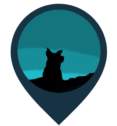Judy Davidson – Dedication, drive and the love for a heron
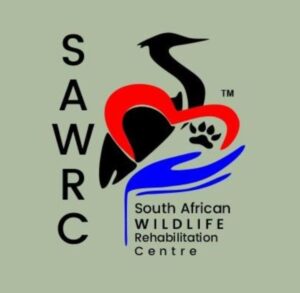
Judy was inspired by her dad’s big heart for little things. She’s come a long way: from home-based garden bird rehabilitation to a dedicated wildlife centre that helps thousands of displaced animals every year.
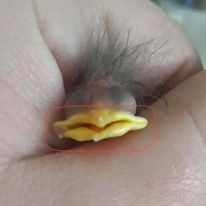
Getting our ducks in a row
My guest today is still as passionate and dedicated as she was when I met her at the turn of the century…
I feel a painful sting when I utter the words ‘at the turn of the century’ as though what I remember was only yesterday. Some of my readers were still dragging their little bums on the carpet but I was on a mission to save the world.
I ran a non-profit organisation and all we wanted to do was support people like Judy—wildlife rehabilitation centres run by passionate people who wanted to make a difference as desperately as we did. It wasn’t a lot but much of our fundraising effort was channelled to Judy’s rehabilitation centre.
In 2002 I visited Judy who had set up on a rented smallholding in Springs. Something in me broke: the sad realisation that thousands of damaged mammals and birds were relying on only a handful of people with limited resources. It seemed so unfair. We are all responsible for the damage to this planet and yet the people who are trying to heal it seem to be the exception and not the norm. Wildlife rehabilitators and conservationists are preserving our natural heritage so why are they struggling for support when their efforts affect us all?
Embryonic beginnings
In my opinion, most great stories start with a tiny act; a small ripple in the great lake that is the Universe.
Seven-year-old Judy was scouting for small dead bodies. She was in the back seat wondering what happens to all the birds that were hit by cars. “They must be too smart to be hit,” she thought, not finding any to prove otherwise. Her father had just brought home an injured wagtail and together they had been nursing it back to health. Inspired, Judy’s attention turned towards the natural question about other injured birds.
Born in Boksburg in 1984, Judy’s second son was unwell so she stayed home to care for him. In the same decade very few official suburban rehabilitation centres existed for injured wildlife and birds and for the most part this was done by some salt-of-the-earth, well-meaning residents in Johannesburg. (I remember my local vet practices generally opting for euthanasia of injured wildlife back in the 1980s). One day, an injured red-headed finch arrived in Judy’s garden. With the guidance of a knowledgeable rehabber in Sandton (Hilda Hogan), Judy was able to treat and rehabilitate the bird. After that she looked after a swift. The flood gates opened and the journey began.
Judy always wanted to be a vet but there was never enough money to study. Her passion drove her to learn as much as she could from as many people as she could and by the 1990s she had secured a government permit to rehabilitate birds privately. She volunteered at the Rondebult Bird Sanctuary in Germiston from 1989 to 1995 and received the ‘Germiston Environmental Personality of the Year’ award in 1995. From 2000-2003, Judy worked with Karen Trendler (Wildcare Africa Animal Rehabilitation Centre). She rehabilitated the birds while Karen took care of the bigger mammals. Judy was also responsible for releasing some of the mammals into the Klipkop conservancy.
The Hatchling outgrows the nest
In 2004 Judy shifted operations from Boksburg to the rented land in Springs and called her new centre ‘Wildlife in Crisis’. This is when I met her and her hubby, Ken, who spent every waking moment rehabilitating wildlife. They suffered in those early days: life was hard and I believe there were nights with less-than-adequate dinners for them but they were endlessly devoted and stayed the course.
Feathering the (new) nest
Ken sadly passed away in 2015. In 2018 Judy secured a different plot of land (on the same road as the previous plot) and put it in a trust so that the centre would be safe. She also renamed it South African Wildlife Rehabilitation Centre (SAWRC). Judy now has the support of three co-directors, sponsors, a team of fundraising volunteers and enough income to support four permanent staff members. With 17 aviaries and 26 enclosures, the centre now has the capacity to care for about 400 birds and mammals at a time.
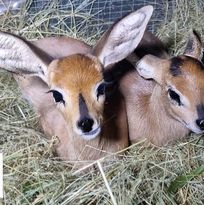
I ask Judy about daily operations and where the injured animals come from.
“The usual suspects,” Judy says. “Vets, the public and confiscations done by the Gauteng Department of Agriculture and Rural Development (GDARD).” She explains that SAWRC is experiencing a surge cases due to urbanisation. Animals don’t have anywhere left to go and are injured and displaced because of human encroachment into their habitats.
SAWRC is a member of an organisation called CORE (Coalition of Rehabilitation Expertise). With over 200 members (including the NSPCA and some provincial conservation departments) the aim of this group is to connect injured wildlife with the nearest and most appropriate rehabilitation service possible. Also, within their nationwide network, they are able to support each other ensuring the best outcome for injured wildlife.
Judy’s centre is a stone’s throw from the Mpumalanga border. They have a good relationship with the Mpumalanga Parks Department, often assisting with wildlife from the province and returning animals once they are healthy enough to be released.
Leading on from interprovincial movement, I want to know what ‘fully permitted’ means. Judy explains that, as a wildlife rehabilitation centre, SAWRC is legally allowed to import and export wildlife from and to other provinces. ToPS (Threatened or Protected Species) permits also allow SAWRC to work with endangered species. By way of the CPB4 permit they are also able to keep and treat animals from any province for up to 6 months and if a longer period is necessary, to apply for an extension with a letter from a veterinarian.
Flying in formation

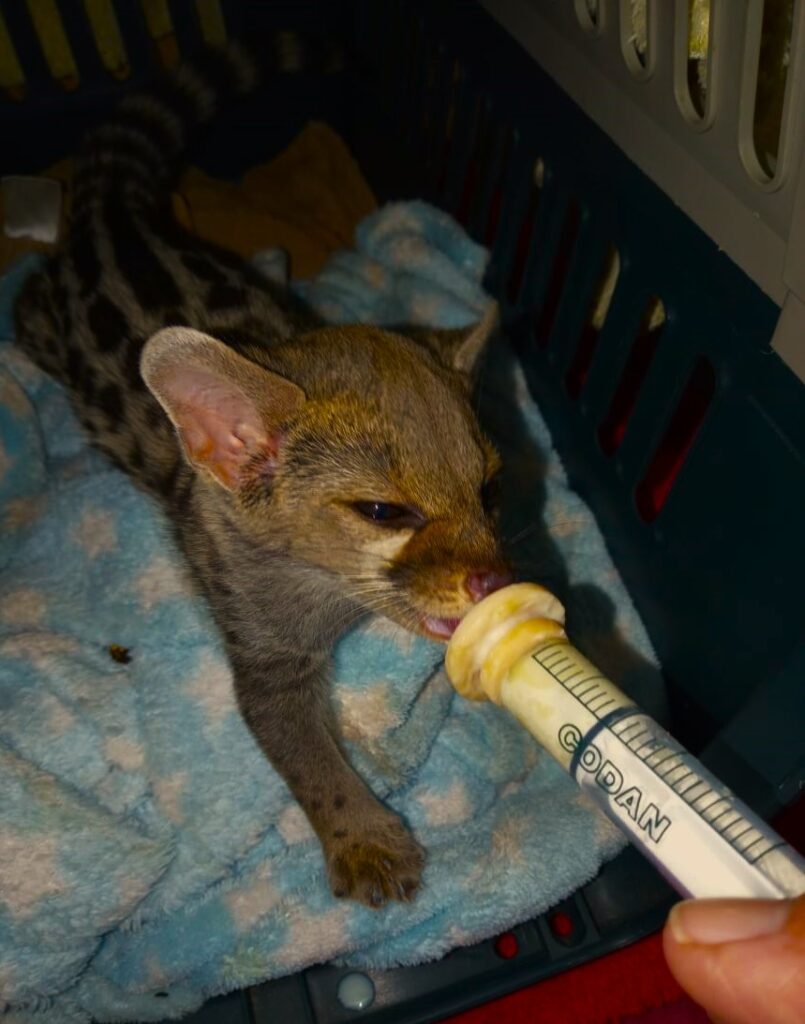
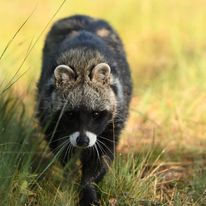
What is the point of rehabilitation without release?
Over the years, Judy has created and become part of a community of conservationists, rehabilitators, government departments, non-profit organisations and animal lovers. Today, she has the support of a number of dedicated nature reserves for releasing wild animals.
The Dinokeng Game Reserve is a 19 000 hectare reserve situated in the northern-most reaches of Gauteng, close to the Limpopo and North West border. It is the only big five game reserve in Gauteng but allows SAWRC to release serval cats, caracals, porcupines, bush pigs, reptiles and birds.
The Skilderkrans Conservancy in Bronkhorstspruit is owned by Marlene and Danie who have been allowing the release of rehabilitated wildlife from various organisations for many years. Their 100 hectares combines with surrounding properties to provide a few thousand hectares of wild, protected land; perfect for small cats, antelope, honey badgers, birds and reptiles. They have recently received ‘Nova’, a serval cat rehabilitated by SAWRC. She is in a pre-release enclosure and will be released in a few months.
Ubhetyan O Africa is a nature reserve in Mpumalanga, north of Middleburg. SAWRC has released meerkats, banded mongooses, dassies, polecats and birds on the site.
Judy works closely with The Owl Rescue Centre too. Together they navigate the best possible way forward for the rehabilitation and release of these amazing birds.
Many of the rehabilitated garden and water birds are released at the sanctuary during warmer months. Winter is a quieter time: Judy keeps the smaller hibernating species (who obviously don’t require much attention when they’re sleepy) as well as most birds. Food in the natural environment is scarce and Judy prefers to wait until the warmer months to release them. Even after release, there are supportive feeding points on the property for those birds that need a leg up with their new-found freedom.
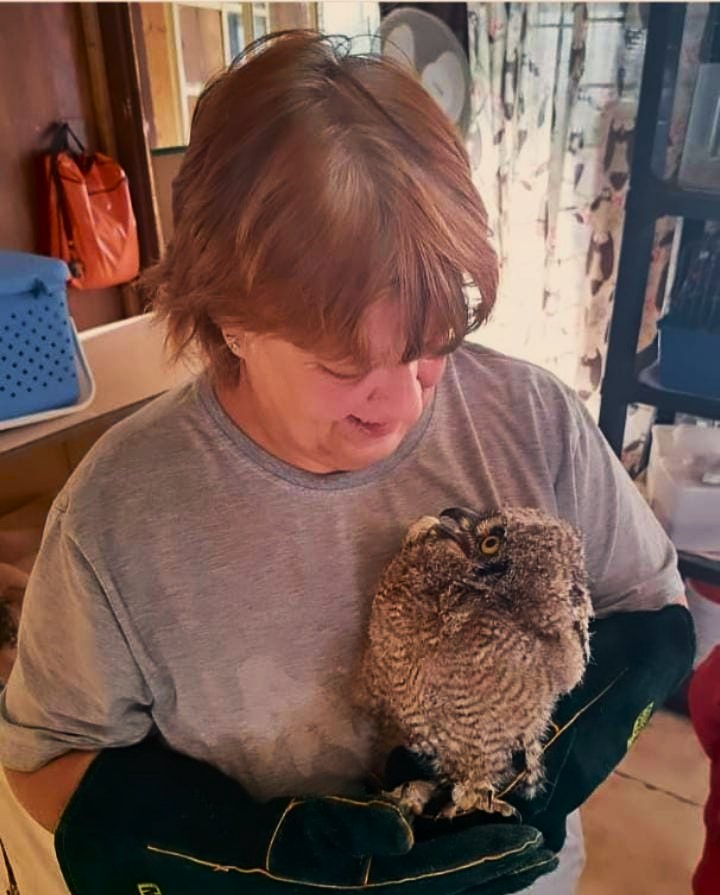
Eating like a bird
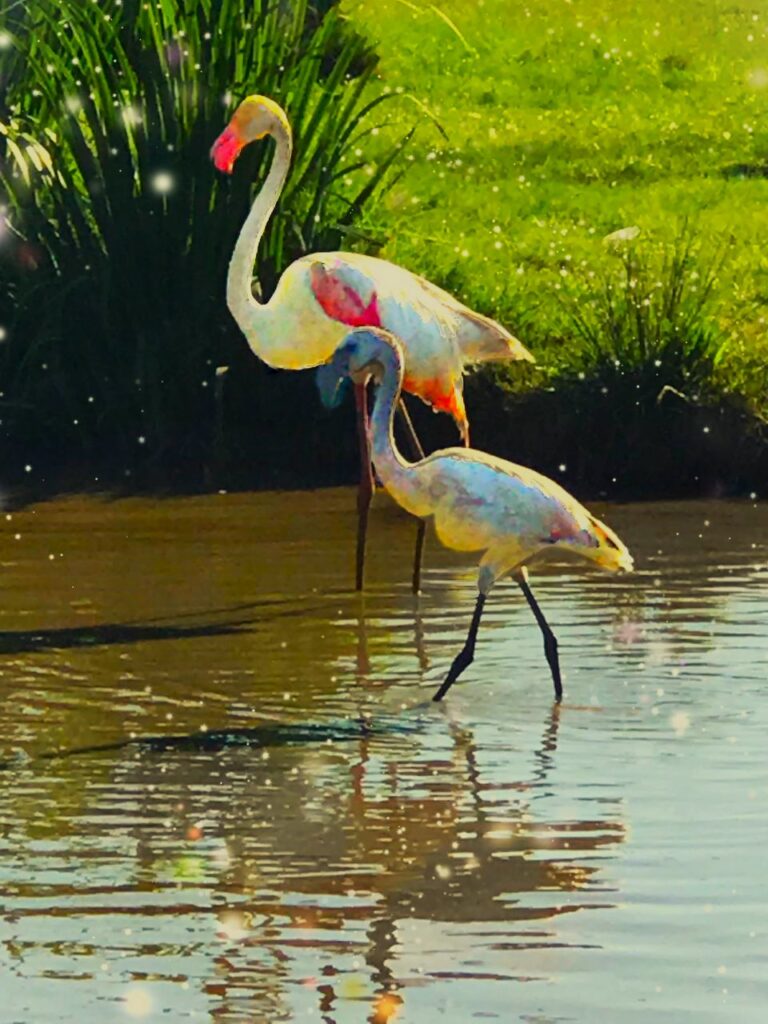
Summer is the busiest time for Judy and her team. They can admit up to 25 baby birds per day, along with other birds and mammals that may be sick or injured. It takes an average of one month for a baby bird (neonate) to transition from the clinic to the aviary and another month before the bird is strong enough for release.
Summer is a busy time for small mammals that are breeding too. The cost of food and the hours required for feeding, cleaning, nursing and rehabilitating and vet bills begin to escalate in the summer.
As with many non-profit organisations in South Africa, Judy relies completely on donations, income from fundraising events and sponsors.
.
The Wise Owl
Inspired by Judy’s staying power and experience in the field, I am hungry for some educational gems from this inspiring person.
She alights on the subject of owls and shares some valuable information from her years of experience.
The belief that owls are the harbingers of death or have an alliance with demonic forces is an ongoing problem causing many of them to be killed or displaced.
Europe, 1700s — before megacities and pizza delivery — a sick person would have to be attended by a doctor who would make a journey to some outlying farmstead on horseback. A light at the highest possible place in the house lead the travelling doctor to where the patient lay. Apart from attracting insects, the light would also attract their predators: owls. Invariably, many sick patients died and the correlation between death and the owls took form.

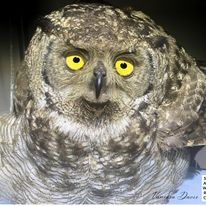
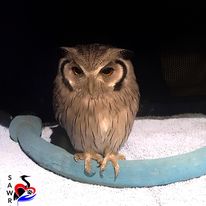
African culture and belief is mixed when it comes to owls. Some believe owls bring luck but there are still some cultures that believe owls are witches and the bringers of ill-fortune. But, like a black cat or a snake, an owl has no secret collaboration with the Devil, nor does it have the power to bring about the end of a life (unless of course it is the unwitting little mouse that can’t hear it coming!). Animals that are active at night with have huge, all-knowing eyes and that can move without a sound have been unfairly labelled as having magical powers and unfortunately, many things that humans don’t understand, they kill.
Barn owls, for instance, are magnificently stealthy and successful predators that keep rodent populations at bay (an excellent alternative to poison). However, when baby barn owls are hatching in your roof, it’s not only a noisy affair, but the mess on the ceiling boards can make most people livid; enough to want to harm the animals just to get rid of them. In conjunction with The Owl Rescue Centre, SAWRC offers owl boxes and the relocation of owlets to the boxes which are generally placed close to the original site, like under the eaves of the house. This way, the owls still provide a brilliant rodent-control service but their messy habits are countered. Most owl parents are surprisingly flexible with the relocation to boxes.
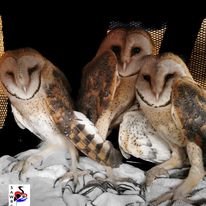
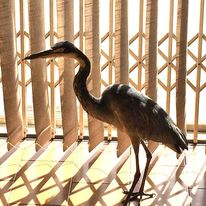 I ask Judy to name her favourite species. The heron on her logo, she tells me, is no coincidence. Judy loves them. They are the easiest birds to rehabilitate. “Talky, talky non-stop and they groan like old men when they are hungry!” Judy laughs. They seem indestructible, eating straight away after a trauma. “Even hand-rearing a heron from an egg is easy!” Judy says, “They are hardy and don’t imprint. Within a week of release, they are wild and act as though they have never met humans!” In Judy’s opinion, this is how wildlife should be.
I ask Judy to name her favourite species. The heron on her logo, she tells me, is no coincidence. Judy loves them. They are the easiest birds to rehabilitate. “Talky, talky non-stop and they groan like old men when they are hungry!” Judy laughs. They seem indestructible, eating straight away after a trauma. “Even hand-rearing a heron from an egg is easy!” Judy says, “They are hardy and don’t imprint. Within a week of release, they are wild and act as though they have never met humans!” In Judy’s opinion, this is how wildlife should be.
After all these years, the vault of Judy’s mind contains stories that would fill a tome. My humble account of her life seems paltry when I consider her dedication and passion, her sacrifices and her energy. Judy has worked tirelessly and shows little sign of giving up. Like winged angels on this earth, people like Judy who devote their lives to making the world better for us all deserve all the respect and support we can offer.
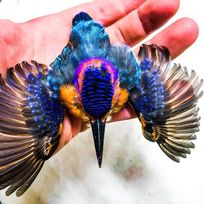
Copyright Liz Roodt 2023
